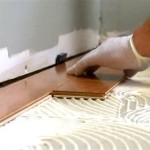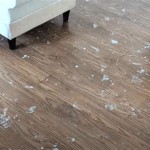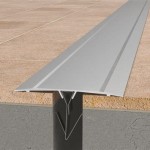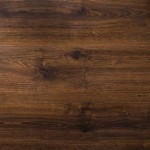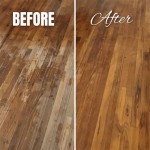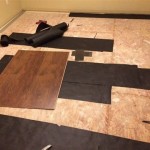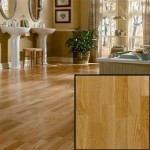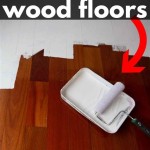Optimizing Your Home Gym With The Right Flooring
Installing the right type of flooring is crucial for a safe and effective home gym experience. Here are some essential considerations to ensure you choose the optimal flooring for your fitness needs:
Durability
Gym flooring should be able to withstand heavy weights, impact, and friction from exercise equipment and activities. Look for flooring materials with high density, compressive strength, and abrasion resistance. Rubber flooring, interlocking tiles, and heavy-duty vinyl are excellent options for durability.
Safety
To prevent injuries, choose flooring with non-slip and shock-absorbing properties. Rubber flooring provides excellent traction and reduces impact on joints, while foam underlayment can further enhance shock absorption.
Comfort
Comfortable flooring can make workouts more enjoyable and reduce fatigue. Opt for materials that provide a cushioned feel underfoot, such as interlocking foam tiles or rubber flooring with a shock-absorbing base layer.
Ease of Maintenance
Gym flooring should be easy to clean and maintain. Rubber flooring and vinyl are highly resistant to moisture, stains, and bacteria, making them ideal for sweat and spills. Interlocking tiles allow for easy replacement of damaged sections.
Sound Absorption
Noise dampening is essential for home gyms located near living spaces or shared walls. Rubber flooring and foam underlayment have excellent sound-absorbing properties, reducing noise from equipment and workouts.
Types of Flooring Materials
Various flooring materials are suitable for home gyms, each with its unique advantages:
- Rubber flooring: Durable, non-slip, shock-absorbing, and moisture-resistant.
- Interlocking tiles: Easy to install, replace, and customize, offering comfort and durability.
- Heavy-duty vinyl: Water-resistant, durable, and easy to clean, but may not provide as much shock absorption.
- Foam underlayment: Provides additional shock absorption, sound dampening, and comfort.
- Cork flooring: Natural, durable, and shock-absorbing, but requires proper sealing for moisture resistance.
Installation Considerations
Professional installation is recommended for optimal performance and safety. Ensure the subfloor is prepared properly, leveled, and moisture-free. Follow the manufacturer's installation instructions carefully to ensure the flooring is securely bonded to the subfloor, eliminating tripping hazards.
Conclusion
Choosing the right flooring for your home gym is essential for a safe, comfortable, and effective workout experience. Consider factors such as durability, safety, comfort, ease of maintenance, sound absorption, and material type. By following these guidelines, you can create an optimized home gym that supports your fitness goals and enhances your overall workout experience.

How To Build A Home Gym In Your Garage Life Fitness

28 Best Home Gym Ideas In 2024 According To Designers

The 5 Best Home Gym Ideas

Top 10 Home Gym Design Ideas Tips To Amp Up Your Workout Decorilla

28 Best Home Gym Ideas In 2024 According To Designers

How To Set Up The Ultimate Home Gym Orbit Fitness
:max_bytes(150000):strip_icc()/work-out-room-ideas-29-78a3a2e606014b3a9638a4d3fbd11313.jpg?strip=all)
35 Stylish Home Gym Ideas

Home Gym Floor Plan Examples
:max_bytes(150000):strip_icc()/NW3-Gym-01-980x654-6dd93bd9f1fc47828bcb424622dbb2ea.jpg?strip=all)
35 Stylish Home Gym Ideas
:max_bytes(150000):strip_icc()/CrispSafriet_20120209_0358copy-e13cbc9ec5f048faaf6430ce628a2a4f.jpg?strip=all)
35 Stylish Home Gym Ideas
See Also
